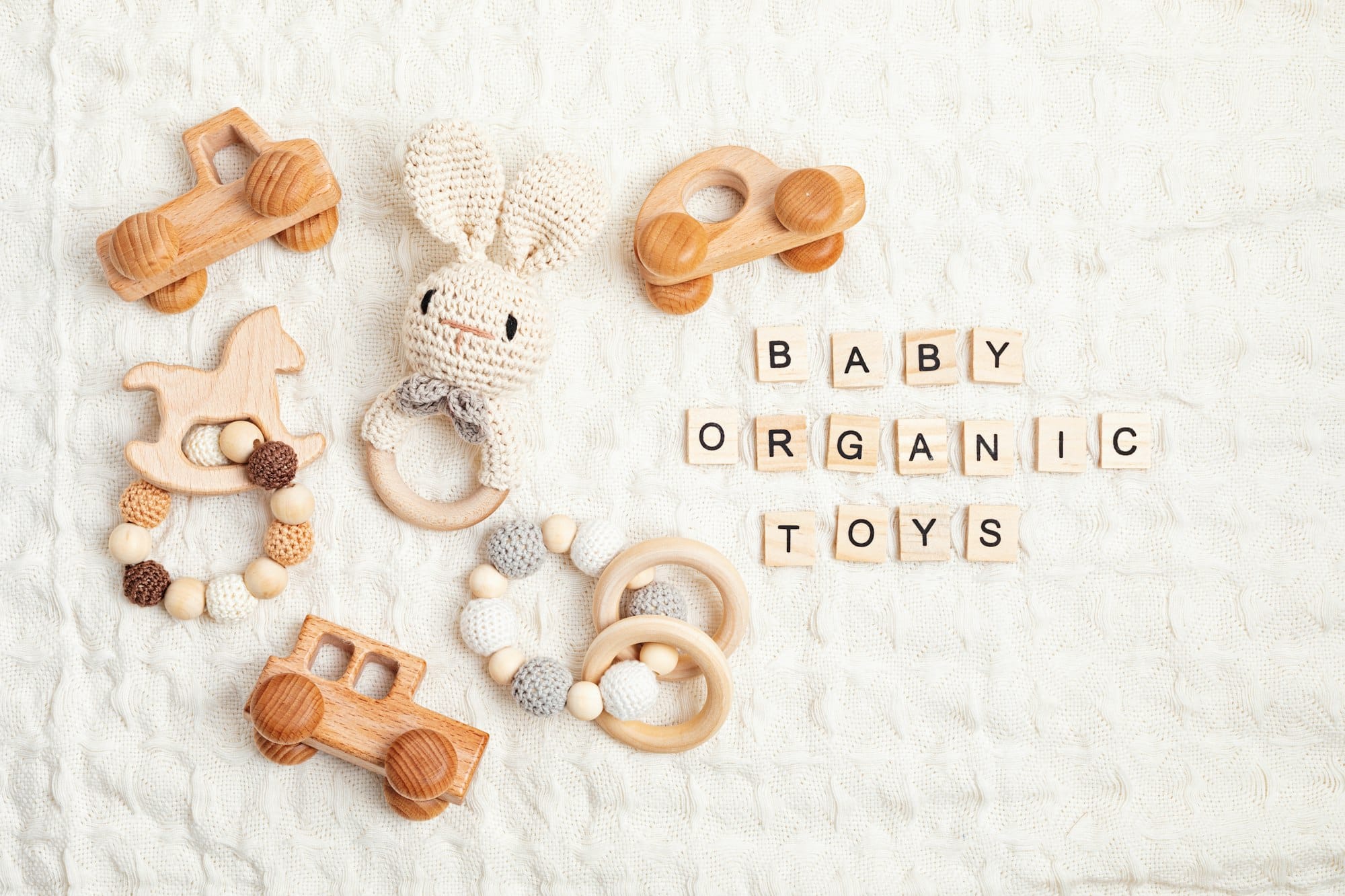Autism, or Autism Spectrum Disorder (ASD), is a complex neurological and developmental condition affecting millions of people worldwide. It impacts how a person perceives and interacts with the world around them, resulting in unique sensory experiences. These experiences can make everyday environments, like homes, overwhelming for autistic individuals. However, you can make significant changes in your home to make it more sensory-friendly for people with autism. In this article, we’ll explore what you can do to turn your home into a supportive and comfortable space for autistic children and adults.
Understanding Sensory Overload in Autistic People
Before diving into strategies to create a sensory-friendly home, it’s essential to understand the unique sensory experiences of autistic people. Autism often comes with sensory processing disorder, a condition where the brain has trouble receiving and responding to information that comes in through the senses. This can lead to sensory overload, where the individual becomes overwhelmed by the sensory inputs from the environment.
Avez-vous vu cela : How to integrate a retractable home cinema screen in a UK living room without compromising on style?
Autistic individuals can also be hypersensitive or hyposensitive to sensory stimuli. For instance, they might find the hum of a refrigerator unbearable (hypersensitivity) or be unphased by extreme temperatures (hyposensitivity). These variations in sensory perception can make ordinary spaces like homes very challenging for autistic people.
Designing a Sensory-Friendly Living Room
The living room, often being the heart of the home, is a good place to start making sensory-friendly modifications. For autistic people, this space can be a sensory minefield with its array of colours, sounds, textures, and smells. What may seem like a cosy room to you can be a sensory overload for an autistic person.
Dans le meme genre : How can you set up a smart lighting system in a UK home with traditional wiring?
Choosing soft, muted colours for your walls can help create a calming atmosphere. Avoiding patterns that are too busy and sticking to a simple, streamlined design can also be helpful. Replace fluorescent lighting, which can be harsh and flickering, with soft, dimmable lights.
Furniture with different textures can provide sensory stimulation. However, make sure these textures are not too rough or unpredictable, as they can cause discomfort to hypersensitive individuals. Provide comfortable seating options, such as bean bags, cushioned chairs, or weighted blankets.
Creating a Sensory-Friendly Bedroom
The bedroom is another crucial space to consider when creating a sensory-friendly home. It should be a peaceful sanctuary where the autistic child or adult can unwind and rest.
Again, soft and calming colours are advisable for the walls. Try to keep the room free from clutter to reduce visual stimulation. Use blackout curtains to keep the room dark and quiet, as light and noise can be disturbing to autistic individuals.
Consider using a white noise machine or a fan to provide a soothing, consistent sound that can drown out other noises. Weighted blankets can also be beneficial, as they provide deep pressure stimulation, which can be calming and comforting.
Making the Kitchen Sensory-Friendly
The kitchen can be a sensory-intense environment, with its array of smells, sounds, and visual stimuli. However, there are ways to make this space more autism-friendly.
Firstly, organize your kitchen logically and clearly. Autistic individuals often appreciate routine and predictability, so having a well-ordered kitchen can provide a sense of calm. Use clear storage containers so they can easily see what’s inside.
For smell sensitivities, consider using an air purifier or ventilation fan to control odours. Similarly, insulate your kitchen appliances or opt for quieter models to reduce noise.
Incorporating Sensory-Friendly Activities at Home
In addition to modifying your home environment, incorporating sensory-friendly activities can further support autistic individuals. Sensory activities can help regulate their sensory systems and reduce the likelihood of sensory overload.
These activities can range from playing with sensory toys, like fidget spinners or stress balls, to engaging in arts and crafts that encourage tactile exploration. You can also create a dedicated sensory space or room filled with sensory items like a swing, trampoline, or textured mats.
Remember, sensory-friendly modifications and activities should be tailored to the individual’s specific sensory needs. What works for one autistic person may not work for another. Seek guidance from occupational therapists or other professionals knowledgeable about autism and sensory processing. This will ensure the changes you make are genuinely helpful and supportive for the autistic person in your home.
By considering these aspects and strategies, you can create a home environment that is not just bearable, but enjoyable for autistic individuals. They, too, deserve to feel safe, comfortable, and understood in their own homes.
Establishing a Sensory Room
A sensory room is a special space in the home designed to cater specifically to an autistic individual’s sensory needs. These rooms can provide a safe haven for autistic people when they feel overwhelmed by sensory inputs in other areas of the house.
The design of a sensory room should be based on the individual’s specific sensory preferences. For instance, it may include items like soft play equipment, bubble tubes, fibre optic lights, and beanbags for those who seek physical sensory stimulation. On the other hand, it could have a quiet corner with soundproofing and calming visual stimuli for individuals who are hypersensitive to noise and visual chaos.
A sensory room might also include interactive elements that encourage exploration and engagement. It could have sensory wall panels with different textures, a tactile board, or a water table. These can help children with autism to learn and develop their sensory processing skills in a controlled and secure environment.
Remember, the goal of a sensory room is to provide a controlled sensory environment where autistic individuals can safely explore and regulate their sensory experiences. Make sure to involve them in the design process, so the room caters to their unique sensory preferences and comfort.
Building a Sensory Garden
A sensory garden is another wonderful way to create a sensory-friendly environment for autistic individuals. A sensory garden is an outdoor space filled with plants and other elements that stimulate the senses. This can be particularly beneficial for autistic children and adults who find solace in nature and outdoor environments.
The garden should incorporate elements that stimulate all five senses. For instance, you could include plants of different textures (touch), colourful flowers (sight), aromatic herbs (smell), rustling leaves and water features (sound), and edible plants (taste).
It’s also important that the garden is safe and secure. Make sure all plants are non-toxic, and the garden is enclosed to prevent wandering. Also include quiet, shaded areas where autistic individuals can retreat if they feel overwhelmed.
Remember, the idea behind a sensory garden is not just to stimulate the senses but also to provide a calming and therapeutic environment. Therefore, the design should reflect the individual’s sensory preferences and comfort levels.
Conclusion
Turning your home into a sensory-friendly environment for autistic individuals might seem like a daunting task, but with careful planning and understanding, it is achievable. The key is to consider the unique sensory needs and preferences of the autistic individual. Whether it’s the living room, bedroom, kitchen, sensory room, or sensory garden, every space should be designed to minimise sensory overload and maximise comfort and calm.
Incorporating sensory-friendly activities can also be highly beneficial. Activities that stimulate the senses in a controlled manner can help autistic individuals regulate their sensory experiences, leading to reduced anxiety and improved overall well-being.
Remember, creating a sensory-friendly home is not about eliminating all sensory inputs. Instead, it’s about creating an environment where sensory inputs are manageable and comfortable for people with autism. By doing so, you can ensure that your home is not just a living space, but a safe, supportive, and enjoyable environment for autistic individuals. This is a step towards improving their quality of life and fostering their independence and personal growth.






